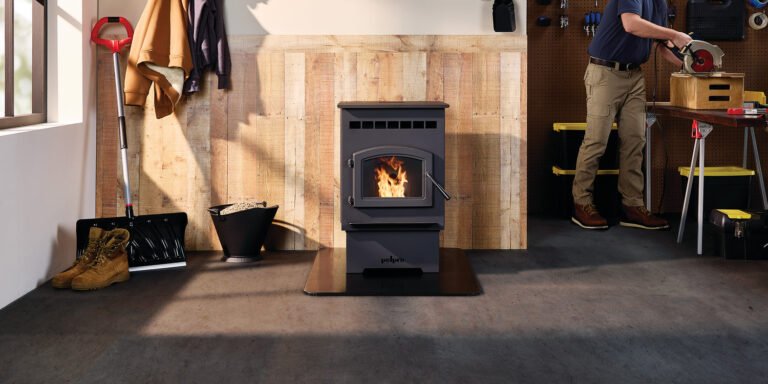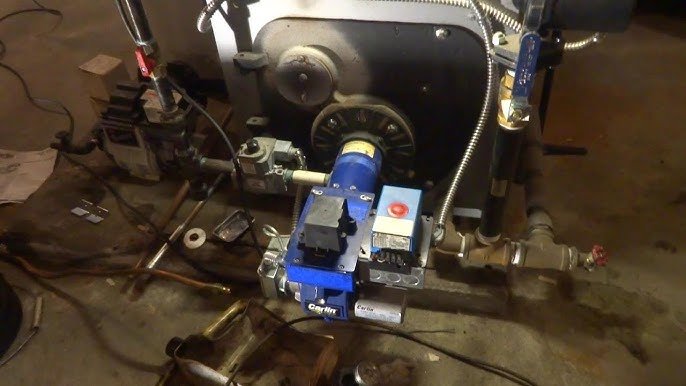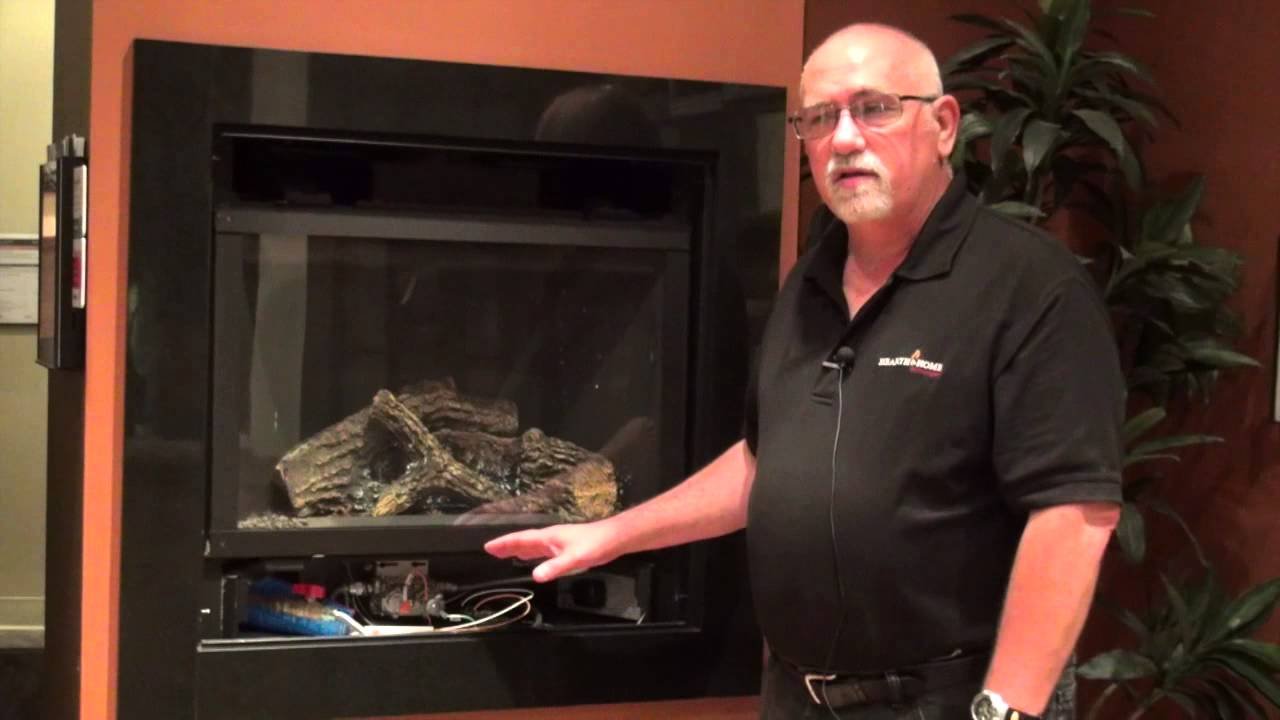
Heatilator gas fireplace troubleshooting involves checking the pilot light, gas supply, and thermostat settings. Ensure the unit is clean and properly maintained.
Heatilator gas fireplaces offer warmth and ambiance but can sometimes face issues. Common problems include the pilot light not igniting, the gas supply being interrupted, or the thermostat settings being incorrect. Regular maintenance and cleanliness of the unit can prevent many of these issues.
It’s crucial to ensure all connections are secure and components are functioning properly. Always consult the user manual for specific troubleshooting steps. If problems persist, contacting a professional technician can help. Proper care and attention to detail will keep your Heatilator gas fireplace running efficiently and safely.
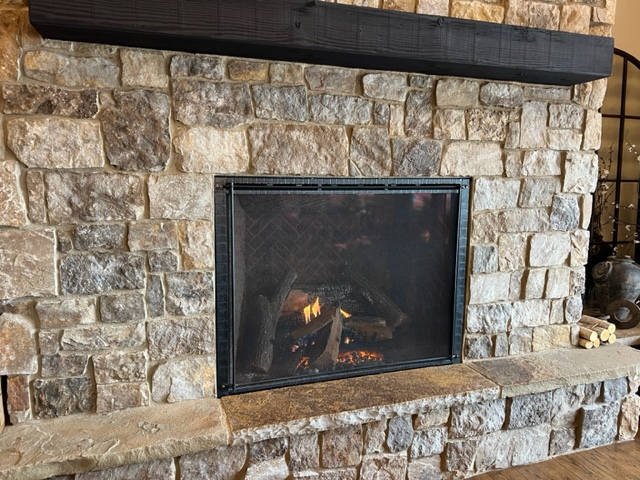
Credit: gasfireplacedoctors.com
Common Issues
Heatilator gas fireplaces are known for their reliability and efficiency. Sometimes, issues may arise that hinder their performance. In this section, we will discuss the most common issues that users face. Understanding these problems can help you troubleshoot your fireplace effectively.
Pilot Light Problems
The pilot light is crucial for your Heatilator gas fireplace. It ignites the gas to create a flame. If the pilot light has problems, your fireplace won’t work.
- Pilot Light Won’t Stay Lit: This is often due to a dirty thermocouple. Clean it carefully with a cloth.
- Weak Pilot Flame: A weak pilot flame can result from a clogged pilot orifice. Use a needle to clear the clog.
- No Pilot Flame: If there is no pilot flame, check the gas supply. Ensure the gas valve is open.
Ignition Failures
Ignition failures can be frustrating. They often point to underlying issues with components or gas supply.
- Check Igniter: The igniter may be faulty or dirty. Clean it or replace it if needed.
- Inspect Wiring: Loose or damaged wiring can prevent ignition. Secure or replace any faulty wires.
- Gas Supply: Ensure the gas line is open and free from obstructions.
If these steps don’t resolve the problem, consult the Heatilator manual. Sometimes, professional help may be necessary.
Safety Precautions
When troubleshooting a Heatilator gas fireplace, safety is the top priority. Understanding and following safety precautions will help prevent accidents and ensure a safe environment. Below are key steps to take.
Turning Off Gas Supply
Before you begin, always turn off the gas supply. Locate the gas valve near your fireplace. Turn the valve clockwise to shut off the gas. This step prevents gas leaks and potential fires.
Using Protective Gear
Wear protective gear to keep yourself safe. Use gloves to protect your hands from sharp edges. Safety goggles shield your eyes from debris and dust. These simple steps can prevent injuries.
| Protective Gear | Purpose |
|---|---|
| Gloves | Protect hands from sharp edges |
| Safety Goggles | Shield eyes from debris |
Tools Needed
To troubleshoot your Heatilator gas fireplace, you’ll need the right tools. Having the correct equipment simplifies the process and ensures safety. Below, we break down the necessary tools into two categories: basic hand tools and specialized equipment.
Basic Hand Tools
Basic hand tools are essential for any troubleshooting task. You’ll need a set of screwdrivers, both Phillips and flat-head. These will help you remove panels and access internal components. A pair of pliers is also useful for gripping and turning small parts.
- Screwdrivers – Phillips and flat-head
- Pliers – For gripping and turning
- Wrench Set – Adjustable and fixed sizes
A wrench set is crucial for loosening and tightening nuts and bolts. Ensure you have adjustable and fixed sizes to cover various tasks. A flashlight can help you see in dark or hard-to-reach areas.
Specialized Equipment
Specialized equipment can make troubleshooting more efficient. A multimeter is vital for checking electrical connections and ensuring components function correctly. This device measures voltage, current, and resistance.
- Multimeter – For checking electrical connections
- Manometer – To measure gas pressure
- Gas Leak Detector – Ensures no gas leaks
A manometer helps measure gas pressure, ensuring it’s within the manufacturer’s specifications. A gas leak detector is essential for safety. It ensures no gas leaks around the fireplace.
Having both basic hand tools and specialized equipment is crucial for efficient troubleshooting. These tools will help you identify and fix issues quickly and safely.
Pilot Light Troubleshooting
A Heatilator gas fireplace provides warmth and comfort. Sometimes, the pilot light might cause issues. Knowing how to troubleshoot this is essential. This section will guide you through the steps.
Relighting The Pilot
To relight the pilot light, follow these steps:
- Turn off the gas supply and wait five minutes.
- Locate the pilot knob on your fireplace.
- Turn the knob to the “Pilot” position.
- Press and hold the knob while using a lighter.
- Release the knob after the pilot light ignites.
Checking Gas Flow
Ensure the gas supply is steady. Follow these steps:
- Check if the main gas valve is open.
- Inspect the gas line for any blockages.
- Ensure the gas pressure is adequate.
- Look for any leaks using a soap solution.
Proper gas flow is crucial for a steady pilot light. If issues persist, contact a professional.
Ignition System Fixes
Is your Heatilator gas fireplace not igniting? The problem often lies in the ignition system. This guide helps you fix common ignition issues. Let’s dive into key solutions for your fireplace.
Battery Replacement
Dead batteries can stop your fireplace from igniting. Open the control panel to access the battery compartment. Remove the old batteries carefully.
Use a voltmeter to check the battery voltage. Low voltage means the battery is dead. Replace it with new, high-quality batteries. Ensure the batteries are placed correctly according to the polarity signs.
This simple step can often resolve ignition issues. Regular battery checks help maintain consistent performance.
Wiring Inspection
Faulty wiring can disrupt the ignition process. Turn off the power to your fireplace first. Safety is crucial.
Inspect all wiring connections for any signs of wear or damage. Loose or corroded wires can cause ignition failures. Tighten any loose connections using a screwdriver.
If wires appear damaged, replace them. Use wires of the same gauge and type. Avoid using mismatched wires to prevent further issues.
Perform these checks regularly to keep your ignition system in top shape.
` Tags. – Each Section Is Divided Into Short Paragraphs For Readability. – Important Keywords Like “battery Replacement” And “wiring Inspection” Are In Bold. – The Content Is Concise, Easy To Understand, And Seo-optimized.
Thermostat Issues
Thermostat issues can affect your Heatilator gas fireplace’s performance. A malfunctioning thermostat may cause inconsistent heating or prevent the fireplace from turning on. Addressing these issues involves checking the calibration and possibly replacing the thermostat.
Calibration Check
First, verify if the thermostat is calibrated correctly. Incorrect calibration can lead to inaccurate temperature readings.
To check the calibration, follow these steps:
- Turn off the fireplace.
- Remove the thermostat cover.
- Locate the calibration screw inside the thermostat.
- Use a small screwdriver to adjust the screw.
- Turn the screw slightly clockwise or counterclockwise.
- Monitor the temperature readings for accuracy.
Ensure the thermostat displays the correct room temperature. If it does not, continue adjusting until it matches the actual temperature.
Replacing The Thermostat
If calibration does not resolve the issue, consider replacing the thermostat. A faulty thermostat can hinder your fireplace’s efficiency.
To replace the thermostat, follow these steps:
- Turn off the power to the fireplace.
- Remove the existing thermostat from the wall.
- Disconnect the wires from the old thermostat.
- Note the wire connections for reference.
- Connect the wires to the new thermostat.
- Secure the new thermostat to the wall.
- Turn the power back on.
- Test the new thermostat for proper functionality.
Ensure the new thermostat is compatible with your Heatilator gas fireplace. Always follow the manufacturer’s instructions for installation.
| Issue | Solution |
|---|---|
| Inaccurate Temperature Readings | Check and adjust calibration. |
| Fireplace Not Turning On | Check power supply and wire connections. |
| Inconsistent Heating | Replace the thermostat. |
Addressing thermostat issues promptly ensures your Heatilator gas fireplace functions efficiently. Regular maintenance can prevent potential problems and enhance its lifespan.
Ventilation Problems
Ventilation problems are common issues with Heatilator gas fireplaces. These problems can affect the efficiency and safety of your fireplace. Proper ventilation ensures the fireplace operates correctly and safely. Let’s explore some key areas to address ventilation issues.
Clearing Blockages
Blockages in the vent system can cause serious problems. They restrict airflow and can lead to dangerous situations. Regularly check for obstructions like leaves, bird nests, or other debris.
- Turn off the gas supply before inspecting.
- Remove any visible debris from vent openings.
- Use a flashlight to inspect deeper into the vent.
- Consider using a vacuum to clear hard-to-reach areas.
Regular maintenance helps prevent blockages from becoming a recurring issue. Always ensure the vent is clear before using the fireplace.
Inspecting Vent Pipes
Vent pipes are crucial for proper fireplace ventilation. Damaged or misaligned pipes can cause ventilation issues. Inspecting vent pipes regularly helps maintain the fireplace’s efficiency.
- Check for visible damage: Look for cracks, rust, or holes.
- Ensure proper alignment: Misaligned pipes can restrict airflow.
- Inspect connections: Make sure all pipe connections are secure.
- Clean the pipes: Use a brush to remove soot and debris.
If you notice any damage, consider replacing the affected sections. Properly maintained vent pipes ensure safe and efficient operation.
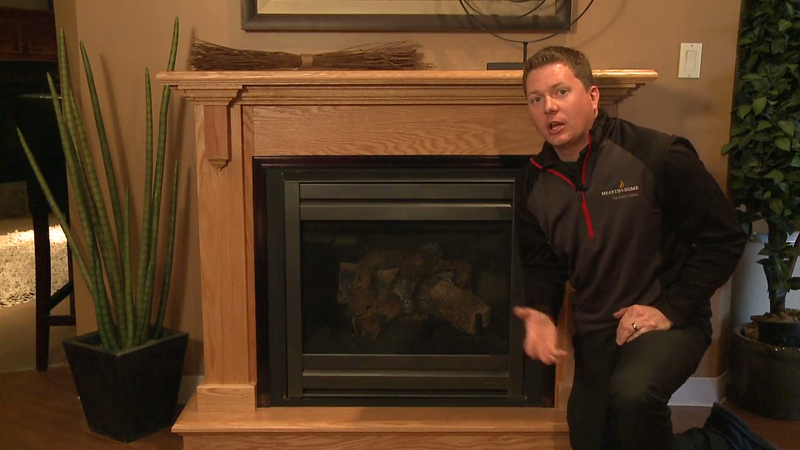
Credit: www.heatilator.com
Maintenance Tips
Maintaining your Heatilator gas fireplace ensures its efficiency and longevity. Regular upkeep keeps it safe and working well. Below are some essential maintenance tips.
Regular Cleaning
Cleaning your fireplace regularly is crucial. Dust and debris can block the vents.
- Turn off the fireplace and let it cool.
- Remove the glass front carefully.
- Use a soft brush to clean the logs and burner.
- Wipe the glass with a special cleaner made for fireplace glass.
Perform these steps monthly to keep your fireplace in top shape.
Annual Professional Inspection
Have a professional inspect your fireplace yearly. This ensures all parts work properly.
| Inspection Task | Reason |
|---|---|
| Check gas lines | Prevent leaks |
| Inspect the burner | Ensure even flame |
| Examine the ventilation | Prevent carbon monoxide buildup |
Regular professional inspections keep your fireplace safe and efficient.

Credit: www.youtube.com
Frequently Asked Questions
Why Won’t My Heatilator Gas Fireplace Ignite?
If your Heatilator gas fireplace won’t ignite, check the pilot light and gas supply. Ensure the gas valve is open. Also, inspect the ignition system for any faults. Clean any debris obstructing the burner. If the issue persists, consult the user manual or a professional technician.
How Do I Reset My Heatilator Gas Fireplace?
To reset your Heatilator gas fireplace, turn off the gas supply and power. Wait for five minutes. Turn the gas supply back on, and follow the ignition instructions in your user manual. If it doesn’t reset, consult a professional technician.
What Causes The Pilot Light To Go Out?
A draft, dirt in the pilot tube, or a faulty thermocouple can cause the pilot light to go out. Check for any obstructions or drafts. Clean the pilot tube and ensure the thermocouple is working correctly. If issues persist, seek professional assistance.
Why Is My Heatilator Fireplace Making Noise?
A Heatilator fireplace making noise could be due to thermal expansion, loose components, or debris in the blower. Check for loose parts and secure them. Clean the blower and other components. If the noise continues, consult a professional technician for a thorough inspection.
Conclusion
Troubleshooting your Heatilator gas fireplace can save time and money. Regular maintenance ensures it operates efficiently. Always consult the manual for specific issues. For persistent problems, seeking professional help is advisable. Keeping your fireplace in top shape provides warmth and comfort for years to come.
Enjoy a cozy, trouble-free experience with these tips.
